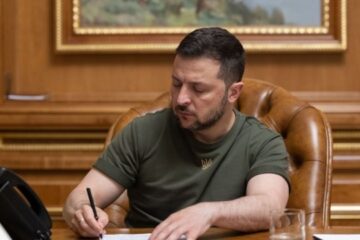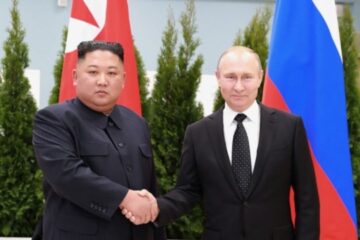
The Kremlin continues to conduct an information campaign directed toward both domestic and international audiences that aims to conceal the extent to which Russia’s war against Ukraine has negatively affected Russia’s economy.
As reported by Ukrinform, this is stated in a report by the Institute for the Study of War (ISW).
Analysts note that Russian Prime Minister Mikhail Mishustin met with Vladimir Putin on February 7 to discuss the state of the Russian economy. Mishustin claimed that Russia’s GDP grew by 4.1% in 2024, primarily due to “intensive” growth in the country’s manufacturing sector — likely referring to the expansion of Russia’s defense-industrial base since the full-scale invasion of Ukraine.
Mishustin stated that inflation in Russia reached 9.52% in 2024, while Putin said that as of February 3, 2025, inflation had already risen to 9.9%.
“Russia’s true inflation is quite higher than the official statistics the Kremlin is willing to publicize, however. Several studies indicate that Russia’s inflation rate is closer to 20 percent,” the analysts note.
Mishustin highlighted the low unemployment rate of 2.5% in 2024 but briefly acknowledged the significant labor shortage, which is a key factor behind the low jobless rate.
“Mishustin noted that Russian economic growth might be less significant in 2025 as it is very important to stop inflation and ensure long-term economic growth – likely a signal to prepare the Russian population to expect economic hardships in 2025. Mishustin and Putin also attempted to posture Russia’s economy as stable in the face of international economic pressure,” the report states.
Mishustin claimed that Russia has “successfully managed” with “unprecedented sanctions pressure” in recent years and that Western sanctions are causing more harm to the countries that imposed them than to Russia itself. Putin also tried to depict Russia’s economy as stronger and growing faster than Western economies.
“Mishustin and Putin notably did not mention how the Russian Central Bank raised the interest rate to 21 percent in October 2024 or how Russia has been drawing from its National Welfare Fund to finance its war effort over the last three years. The liquidity portion of Russia’s National Welfare fund may run out by fall 2025,” the analysts write.
As Ukrinform previously reported, Swedish Finance Minister Elisabeth Svantesson stated that Russia’s economy is not as strong as Kremlin leader Vladimir Putin tries to portray.
Source: Kremlin attempts to conceal negative impact of war in Ukraine on Russia's economy – ISW



